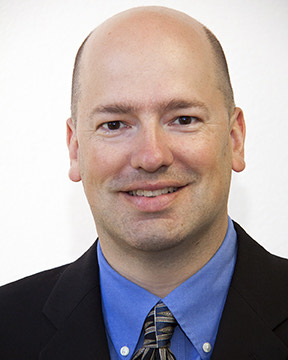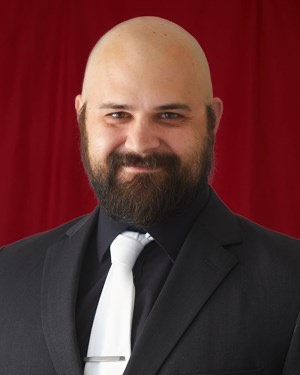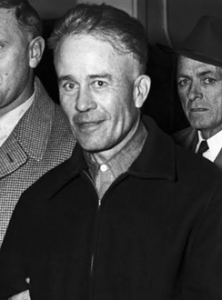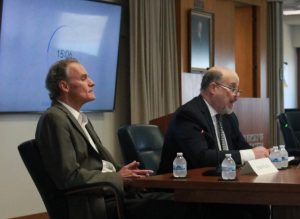UWL athletic training working towards international expansion
February 15, 2020
The mission statement of the National Athletic Training Association (NATA), founded in 1950, is to “represent, engage, and foster the continued growth and development of the athletic training profession and athletic trainers as unique healthcare providers.”
This idea has driven athletic trainers at the University of Wisconsin-La Crosse to serve as proponents for the international expansion of athletic training.
According to Sheldon Wagner, athletic trainer and professor of exercise sports science, one reason for this call for international expansion is curiosity about the Americanized way of athletic training.

“Other parts of the world are interested in how athletic trainers in the United States provide care for athletes and active people. Some countries utilize physiotherapists that possess some of the skills of an athletic trainer, but not all,” said Wagner.
Wagner, who has worked at UWL for 6 years, has traveled to England, Norway, and Sweden with an Illinois-based soccer team, as well as traveling to Sweden with a USA wrestling national team.
While Wagner was able to work with American sports teams, he said that other athletic trainers have been able to share their knowledge with other countries more directly.
“There are pockets throughout the world where athletic trainers are making in-roads and sharing their expertise. Canada, China, India, Western Europe, and parts of South America have expressed interest in learning from US athletic trainers,” said Wagner.
One of these athletic trainers is Adam Reel, who has worked at UWL for 4 years. Reel worked as an athletic trainer at UWL from 2015-2018 but took time off in 2019 to work with the Chinese Olympic Fencing Program.
Reel felt that he was held back in terms of his abilities due to the misconception about athletic training. “There was definitely a misunderstanding, a lack of education about what athletic trainers can do,” said Reel.
Reel credited this misconception due to Eastern practices of more passive treatment, which includes acupuncture, cupping, and massage therapy. This is at odds with the more active forms of treatment, in which the athlete is doing strengthening exercises. While Reel did see many benefits in the athletes from these passive treatments, he felt that he saw the best results when active and passive treatment worked in conjuncture with one another.
Reel saw some athletes who were very open to the US ways of athletic training, but there were many athletes who did not receive this form of treatment well.

Whether or not athletes internationally accept the westernized ideas of athletic training, it is starting to increase in popularity. According to Wagner, UWL has worked to continue to build its relationships on a global scale.
“The University has on-going relationships with other universities, government and sporting entities in China, Germany, and Spain. As well, there is relationship-building occurring with groups in South America,” said Wagner. “Further, as we look to grow our new Master’s in Athletic Training graduate program, we are actively recruiting new students from across the country and across the globe.”
The goal with any healthcare-related profession is always to improve the lives and well-being of people. Wagner feels that this is one of the many benefits of international expansion.
“Better care and the implementation of preventative measures can extend the active and sporting lives of people globally. This increases world health, wellness and productivity,” said Wagner.





